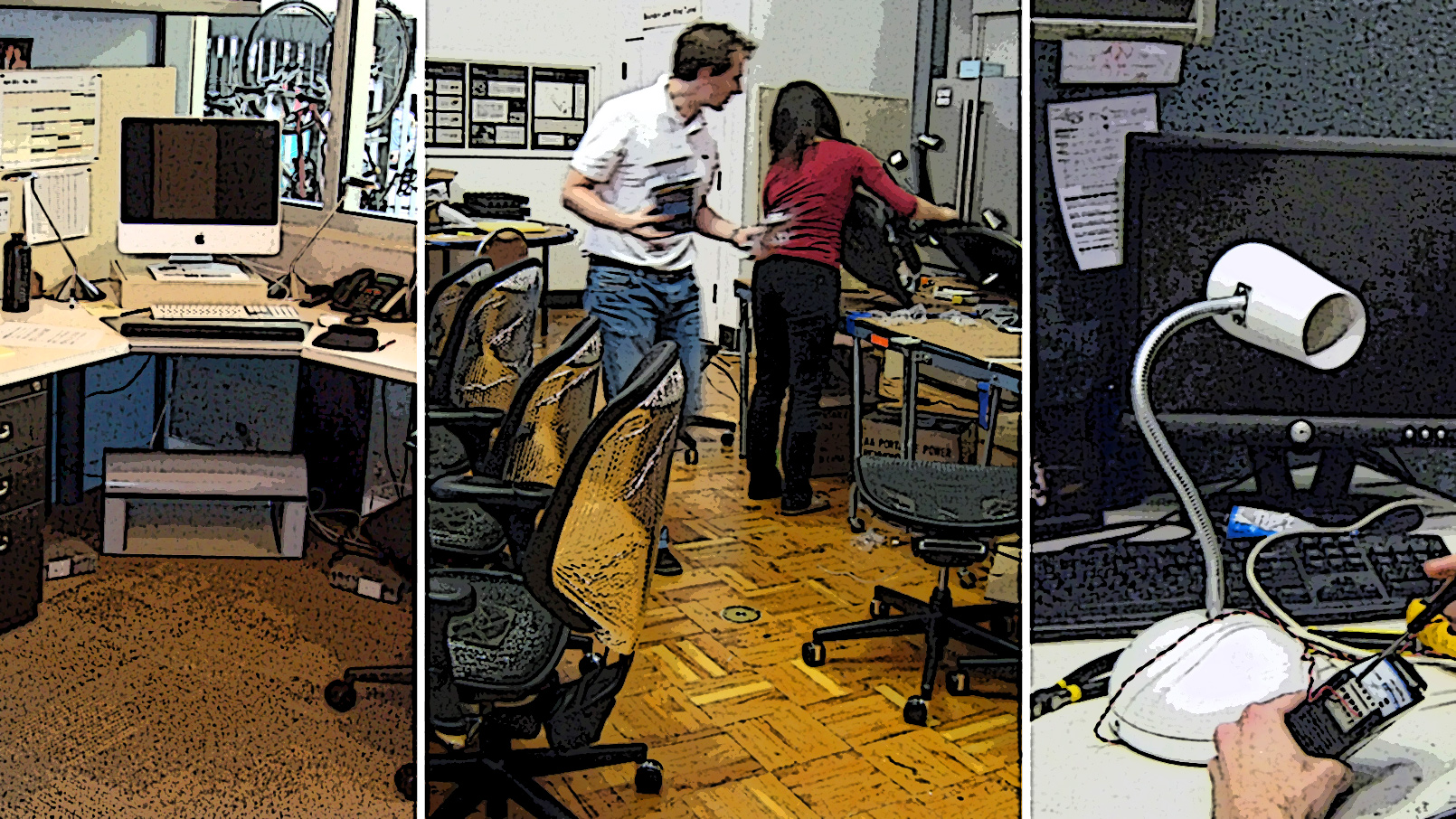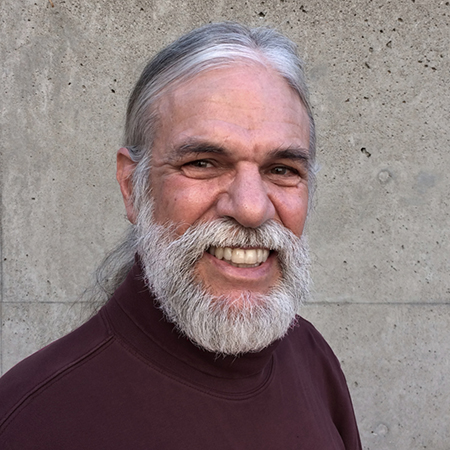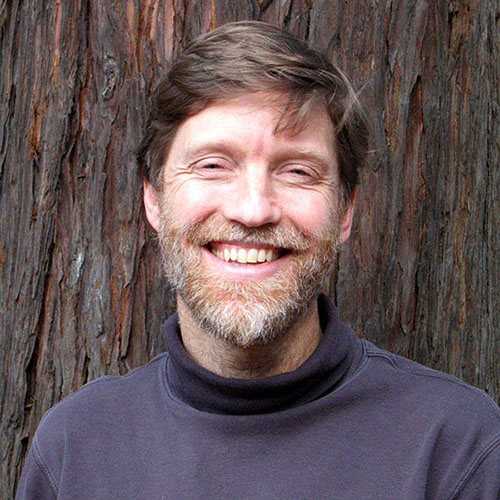
September 15, 2021 9:00 am – 11:00 pm PDT
Low-power personal comfort systems (PCS) allow building occupants to control their individual environments and to remain comfortable over a range of indoor temperatures. Building simulations show that expanding the range of indoor temperatures by even a few degrees can result in large energy savings, as buildings are conditioned less intensely and less often, and can more often use outside air for conditioning (economizer mode) especially in many California climate zones. While savings vary by climate, widening this ‘dead-band’ by one degree Celsius can reduce HVAC energy consumption by 5 to 15 percent. This course featured research that demonstrates the practical applicability of PCS devices for improving both thermal comfort and energy efficiency in office environments using currently available devices such as desktop and ceiling fans, and also innovative prototypes such as a heated and cooled office chair. The course also described how many of these concepts apply to home offices.
This event was open to the public, and co-organized by the PG&E Pacific Energy Center and the Center for the Built Environment (CBE) at UC Berkeley.
Presentation Outline
- Thermal comfort fundamentals and engineering models
- Recently adopted personal control classifications in ASHRAE Thermal Comfort Standard 55
- Energy implications
- Overview of PCS research
- Using ceiling fans as a building-integrated PCS strategy
Speakers and Presentations
-

Fred Bauman, PE, FASHRAE
Project Scientist, Center for the Built Environment, UC Berkeley
Presentation: Using Personal Comfort Devices to Save Energy and Improve Comfort
Fred Bauman has led research in advanced low-energy HVAC systems, including radiant, underfloor air distribution (UFAD), displacement ventilation and personal comfort systems. He has written more than 60 technical articles on these topics and has served as principal investigator on numerous research projects, including a recent $3M, four-year research study on radiant systems. Fred previously led the development of CBE’s world-renowned research program on UFAD, and in 2003 authored the Underfloor Air Distribution Design Guide, later revised in 2013. His many contributions led to his recognition as an ASHRAE Fellow in 2018. He received an MS degree in Mechanical Engineering from UC Berkeley, and a BS from Harvey Mudd College.
-

Charlie Huizenga
Research Specialist, Center for the Built Environment, UC Berkeley
Presentation: (Same as above)
Charlie Huizenga’s research and teaching experience includes building energy efficiency, indoor environmental quality, wireless sensing and control, and software tool development. He was a co-founder and CTO of Adura Technologies, a startup that introduced low-power wireless mesh networking technology to the lighting controls industry. He is also the co-founder of Agua Para La Vida, a non-profit organization dedicated to helping rural Nicaraguan communities develop safe drinking water systems, improve sanitation and conserve watersheds. He received an MS degree in Mechanical Engineering from UC Berkeley and a BA from Dartmouth College.
Continuing Education
At the conclusion of this course, participants are able to:
- Demonstrate knowledge of environmental factors and human characteristics that affect thermal comfort in buildings.
- Understand how operating buildings with wider indoor temperature ranges (dead bands) can save energy.
- Explain new approaches to providing thermal comfort using personal comfort devices, including ceiling fans and other commercially available products.
- Summarize results of PCS demonstrations in California buildings that resulted in significant energy savings.
- Understand the concepts behind recently adopted personal control classifications in ASHRAE Thermal Comfort Standard 55.
